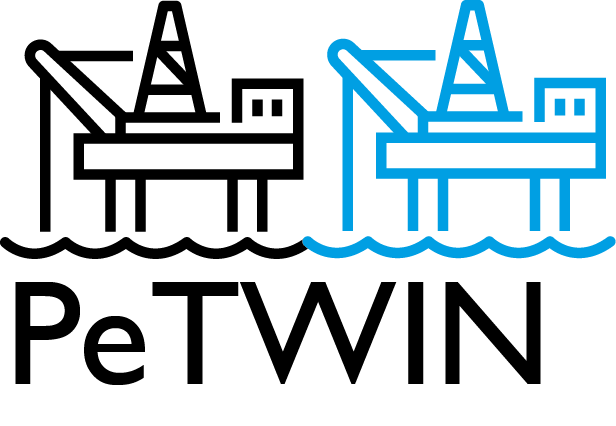Requirements Engineering Team

Marcelo Soares Pimenta
Ph.D.

Ricardo dos Casaes Belo
M.Sc. Student

Rafael Humann Petry
M.Sc. Student
Our objectives
The growing importance of DTs for the industry in general is widely recognized and, therefore, the investigation of their definition, their characteristics, their applications and their uses is increasingly emphasized, which is evidenced by the increase of publications and patents on DTs during the last years. In particular, the complexity of the oil production process requires the advancement of automation, for which DTs are central components. In this scenario, we focus on providing scientific insight and best practices for the implementation of sustainable, usable and maintainable digital twins for the management of an oil production plant. While digital twins are a well-known technology for industrial equipment, the application of a digital twin for an asset in production is quite new and innovative in terms of integrated data analysis. The focus of the project is tobuild the knowledge and competence needed to build the next generation of digital twins for oil production fieldinformatization, with special emphasis on data management, integration and analysis problems.
What we are currently working on
Requirements Gathering with Domain Experts
Requirements definition is a continuous process. From a first preliminary set of requirements, gathered in meetings with domain expersts, we track their evolution and promote communication with all stakeholders throughout the project life cycle, to ensure that requirements changes are adequately addressed, with a view to satisfy the overall mission or need with the expected quality. An initial set of requirements and conceptual models may still have gaps in relation to some of the objectives of the DT. These gaps must be filled with additional specifications that will certainly arise during the project development and in the future evolution of the applications.
Systematic Literature Review of Requirements Engineering Techniques for the Oil & Gas Industry
A DT is, in essence, a virtual replica of a physical component or entity and the dynamics of that component or entity. This DT collects data and physical simulations to create a living, breathing model of data that behaves in theinthe same way as its real-world counterpart. This means that DT has many useful applications, from continuous monitoring, fault detection, and maintenance planning, to testing new ideas and conditional (what-if) test scenariostestscenarios.



